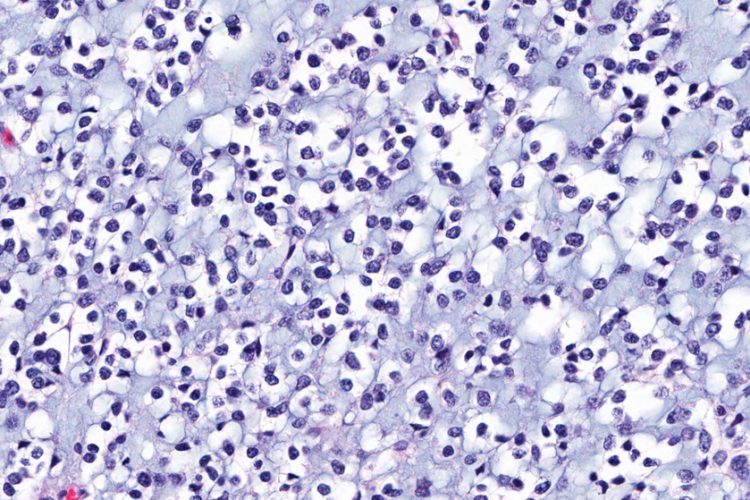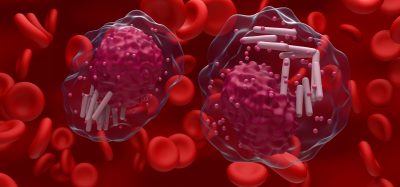Nanofibre platform shows potential for inhibiting brain tumour growth
Posted: 22 October 2021 | Anna Begley (Drug Target Review) | No comments yet
Scientists have created a nanofibre-based sheet to control and direct the migration of cells, possibly leading to brain tumour therapies.


Researchers from University of Fukui, Japan, have used high-density nanofibres that mimic the microenvironment of the brain to capture tumour cells, opening doors to novel therapeutic solutions for aggressive brain cancer.
ARTICLE: Telomerase – a universal cancer target for immunotherapeutic vaccines
Glioblastoma multiforme (GBM) is a highly invasive brain tumour that spreads via migration of the tumour cells and the frequency at which such tumour cells spread and grow make conventional removal methods ineffective. Therapeutic options such as radiotherapy and chemotherapy are harmful to healthy cells and cause adverse effects.
An alternative treatment strategy in consideration involves capturing the migrating tumour cells. The team explained that cell migration is dictated by the structure and the orientation of the “extracellular matrix” (ECM) – fibrous structures surrounding the cells. By engineering similar structures of desired geometries, it is possible to exert control over the migration process.
The team have therefore designed a platform based on nanofibres that resemble the ECM to examine their effect on GBM cells. “We fabricated a nanofibrous sheet in which the fibre density changes from end to end gradually using a technique called ‘electrospinning’ and carried out a culture experiment of brain tumour cells,” said Dr Satoshi Fujita who led the study, recently published in ACS Applied Bio Materials.
The researchers observed clear distinctions in cell movement in nanofibres of different densities and found that the denser fibres promoted the formation of “focal adhesions” clusters in the cells that resulted in a slower cell migration.
Taking advantage of this negative correlation between cell movement and fibre density, the researchers were able to control and direct the migration of cells by designing a nanofibrous sheet with stepwise varying densities. By arranging the fibres in a high-to-low density configuration, they were able to restrict the movement of cells as most of them were captured in the high-density zones. Conversely, a low-to-high density configuration had the opposite effect and encouraged migration.
The researchers also noticed that the gaps between the zones hindered cell migration, leading to cells being trapped in the high-density zones. This one-way migration was observed for the first time and the researchers named it “cell trapping” after fish and insect traps that cause their prey to travel along a single direction before trapping it.
NEWS: Wyss Centre initiates collaboration to improve brain tumour treatment – READ HERE
“The study demonstrates the feasibility of capturing migrating cells using electrospun nanofibres that mimic the microenvironment of the brain,” commented Dr Fujita. “It is available for the design of scaffolding materials, which are the basis of regenerative medicine, in combination with various fibre processing technologies and material surface treatment technologies. This could lead to the development of practical applications of regenerative medicines. In addition, it can be used as a processing technology for culture carriers for efficient production of biological drugs including proteins, antibodies and vaccines.”
Related topics
Cell Cultures, In Vitro, Molecular Targets, Nanotechnology, Oncology, Regenerative Medicine, Small Molecules, Therapeutics
Related conditions
Glioblastoma multiforme
Related organisations
University of Fukui
Related people
Dr Satoshi Fujita








